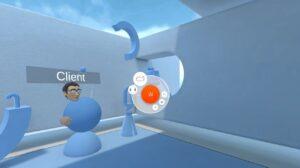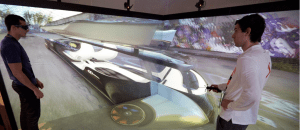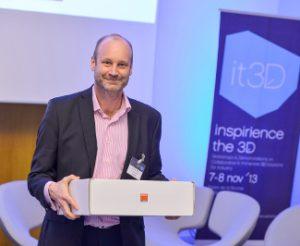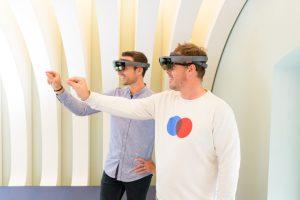Immersion is made up of a multidisciplinary team in which Juliette Vauchez, an engineer in Human Factors, works. Her role is to study and ensure that the end user (and more generally the human) is central throughout the design cycle in order to create technology that makes sense.
As part of her various projects, our expert explores the multiple components of the human factor (cognitive, human-machine interaction, user experience) and provides analyses in the context of immersive technologies.
Today, Juliette is exploring for you the theme of augmented reality as a solution to improve understanding of the environment. Explanations in this article.
Why is situational awareness in our relationship to the world so important?
Situational awareness is expressed at three levels: perception of the environment, instant understanding of the situation, and projection of one’s future status. It thus allows us to apprehend the world around us and all its situations.

It is crucial in decision making and therefore in the actions we undertake. It allows us to improve their performance and reduce the number of errors, which is essential, especially in a professional context.
In addition, there is a shared form when working collaboratively as a team. It is essential to work on a common basis! Each individual has their own situational awareness; they must remain attentive and communicate effectively with other members of their team so that everyone can share the three levels described above and develop relevant analyses.
It is a concept that is essential to know when designing Human-Machine Interfaces (HMIs), in order to offer users optimal situational awareness and avoid the effects that can inhibit it (Endsley’s Demons cf. Mica R. Endsley, “Toward a Theory of Situation Awareness in Dynamic Systems”, Human Factors and Ergonomics Society, 1995, 37(1), 32-64).
In what ways is human perception alone limited and why is it detrimental?
Humans have many abilities but also have their limits. For example, from a physical point of view, vision is limited by the visible spectrum or the distribution of photoreceptors on the retina of the eye, and hearing is limited by the shape of the ear; from a mental point of view, attentional abilities and memory are also restricted.
Perception, the fundamental foundation of situational awareness, can then be altered, thereby blocking the other levels (understanding and projection). More than 80% of human errors are related to situational awareness!
But don’t panic, there are many ways to maximize perception, understanding, and projection, in order to reduce errors and improve the quality of actions.
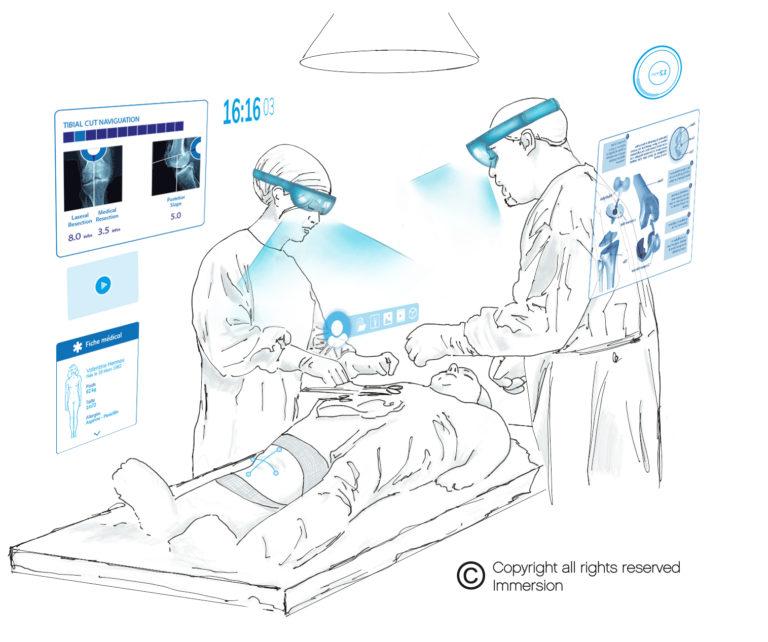
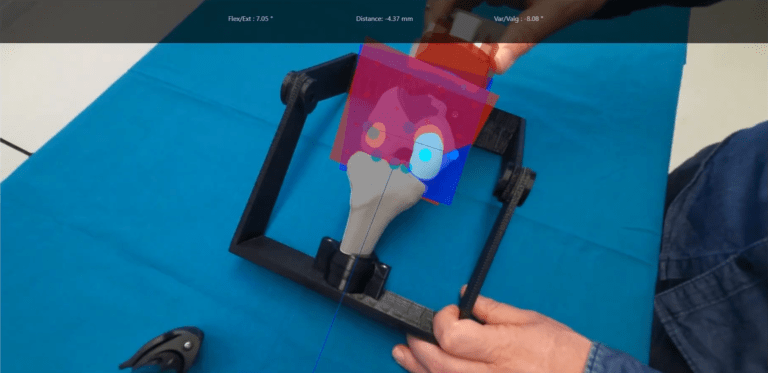
How can Augmented Reality be at the service of situational awareness?
To improve situational awareness, various action levers are possible when designing HMIs: organizing information around the goal, presenting higher-level information (understanding and projection), highlighting perceptible clues, limiting complexity, etc.
Already taken into account in conventional HMIs, Augmented Reality offers a real opportunity to strengthen them!
This immersive technology allows to:
- Benefit from increased human perception through the display of additional or non-visible information.
- Understand the situation more directly with the correlation of several sources of information in one field of vision.
- Reduce projection efforts by superimposing relevant information.
- Preserve the strengths of human perception and analysis as the user always directly sees his or her environment.
- Create more easily shared situational awareness through the projection of actions of a distant collaborator.
Reduce errors and improve performance with augmented reality!
Want to go further? Immersion is here to guide you. With our expertise, we put the human at the heart of our solutions. Our multidisciplinary team of experts will accompany you in achieving your desires by answering your needs.

